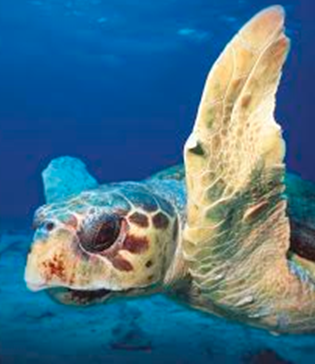Speaker
Ms
Sara Hočevar
(University of Primorska, Faculty of Mathematics, Natural Sciences and Information Tehnologies, Koper, Slovenija)
Description
Over the last decade we have witnessed increasingly frequent occurrences of gelatinous zooplankton masses, where the benthic polyp phase plays a key role in ensuring the long-term viability and success of jellyfish populations. Ecological tolerance of polyps and adaptation to environmental changes and anthropogenic factors are affecting the distribution of moon jellyfish (Aurelia aurita s.l.). Monitoring of polyps and their asexual reproduction under natural conditions is essential for understanding the problem of mass phenomena, i.e., jellyfish blooms. We studied the seasonal fluctuation of polyp abundance and their asexual reproduction dynamics from March 2010 to March 2013. The performed study was carried out in the Bay of Koper (northern Adriatic) where we monitored monthly the population of polyps attached to oysters at various depths and positions on one of the pillars located in Port of Koper. We recorded environmental parameters of temperature, irradiance PAR, salinity and pH. Maximum abundance was recorded in August (31 polyp/cm.) and minimum abundance in December (8 polyp/cm.). The abundance of polyps has a significant upward trend in correlation with increase in water temperature and a decreasing trend with increase in salinity. A high density of polyps has the effect of reducing asexual reproduction. Asexual reproduction in the form of budding and creation of stolons was present throughout the year with an increase in warmer periods. The strobilation process began in October (19.7 °C) and reached its peak in December (11.7 °C). The pattern of seasonal polyp dynamics abundance did not differ significantly between years, but it did change their density which could be caused by favourable environmental conditions.
Author
Ms
Sara Hočevar
(University of Primorska, Faculty of Mathematics, Natural Sciences and Information Tehnologies, Koper, Slovenija)
Co-authors
Dr
Alenka Malej
(National Institute of Biology, Marine Biology Station, Piran, Slovenia)
Dr
Tjaša Kogovšek
(National Institute of Biology, Marine Biology Station, Piran, Slovenia)

